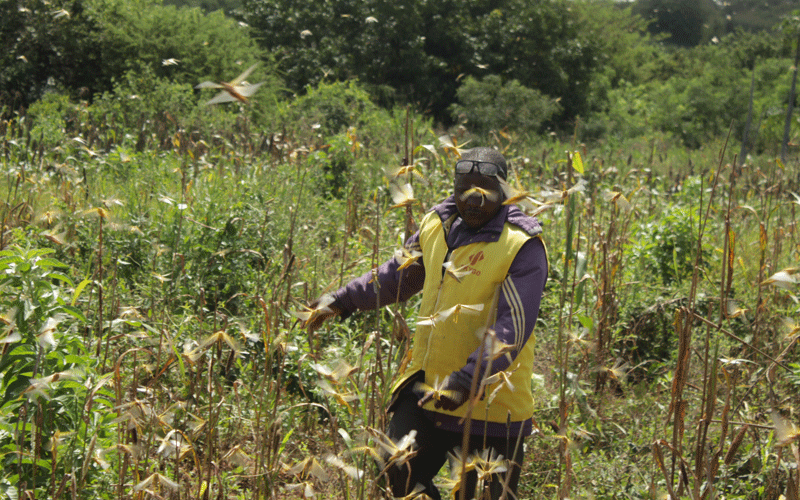Spraying wipes out bands of locusts nymphs in Kitui
By People Daily, March 19, 2020Kitui County has recorded more than 90 per cent decimation of bands of locust nymphs as motorised spraying continues in the affected areas.
The county has procured more pesticides to spray the remaining bands to ensure the pests are eradicated completely.
This comes after the county government mapped the pests’ breeding grounds and has embarked on motorised spraying to eradicate the hatched nymphs.
Speaking in Kitui yesterday, Deputy Governor Dr Wathe Nzau, who is coordinating the spraying efforts, said the dreaded pests that have wreaked havoc in the semi-arid county over the last two months left behind a trail of millions of eggs being hatched.
Eradicate locusts
“We have mapped the locusts’ breeding grounds particularly in Tseikuru, Mumooni, Kyuso and adjacent remote villages.
Our team is on the ground assisted by community surveillance teams to help in the mapping of new and existing breeding areas of the pests,” said Wathe.
The Deputy Governor commended over 100 National Youth Servicemen and some community volunteers who are assisting in the spraying of the locusts.
“There are fears of renewed attacks from the pests if the nymphs are not annihilated at this young stage,” he said.
“We have embarked on motorised spraying to augment the efforts of the national government’s aerial spraying.
We are targeting the hatched nymphs. This will ensure that we eradicate the locusts completely from our county,” he added.
Need for aid
Wathe said desert locusts can increase their population size drastically over successive generations if they are not contained at the nymph stage.
He said that the invasion and subsequent multiplication of the desert locusts if not contained will trigger widespread devastation to crops and pastures in a region that is already extremely vulnerable to famine.
Commenting on the urgency of emergency resources to counter the locust invasion, the Deputy Governor said as the insects continue to multiply, the need for aid could rise considerably, especially if more aggressive control measures are not implemented soon.
Spraying campaign
The locust invasion is the biggest in Ethiopia and Somalia in 25 years, and the biggest in Kenya in 70 years, according to the Food and Agricultural Organisation (FAO).
The government has set aside Sh230 million for the campaign of spraying locusts spearheaded by the Ministry of Agriculture, Livestock, Fisheries and Cooperatives. – KNA
More Articles

